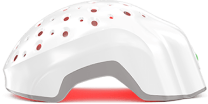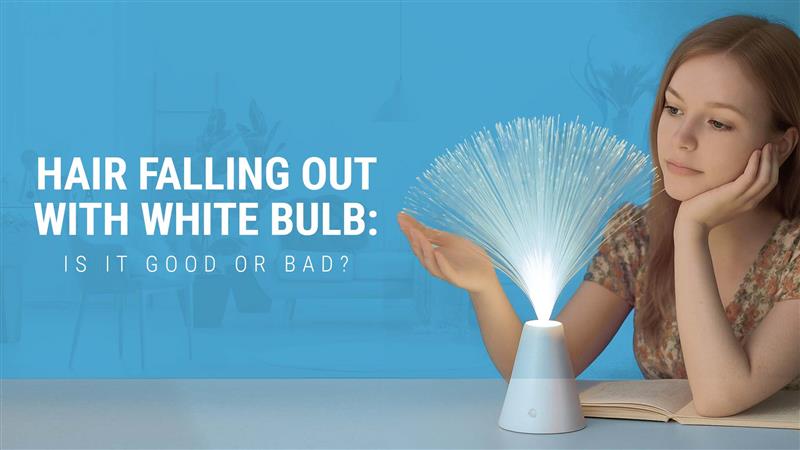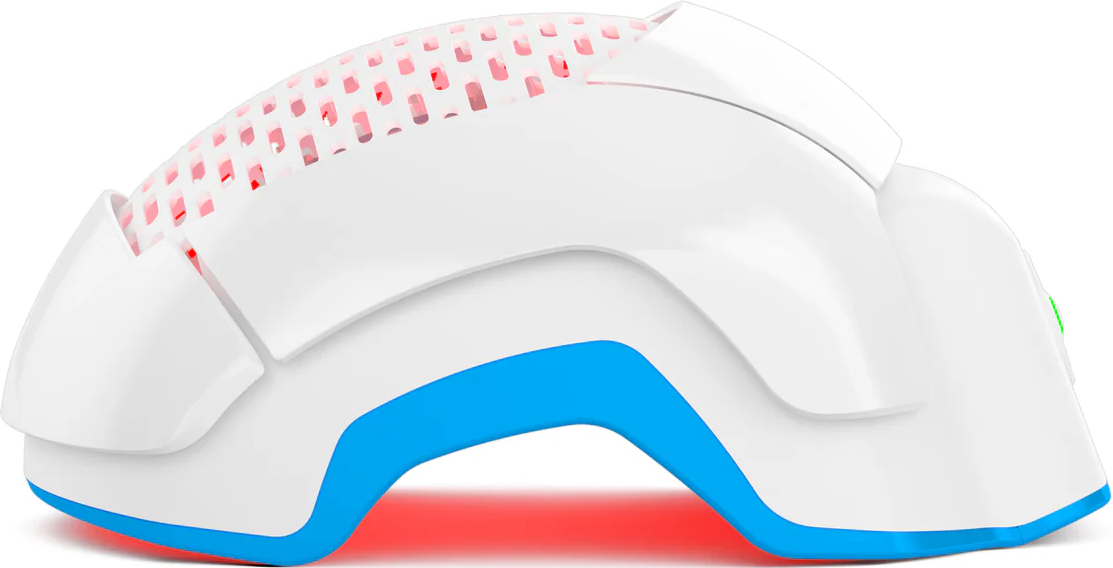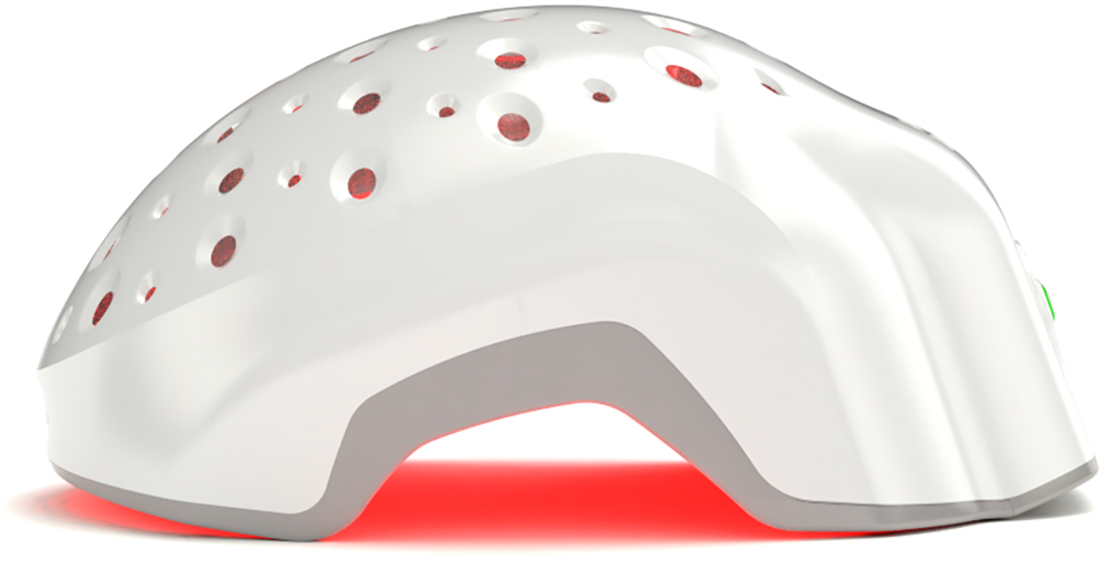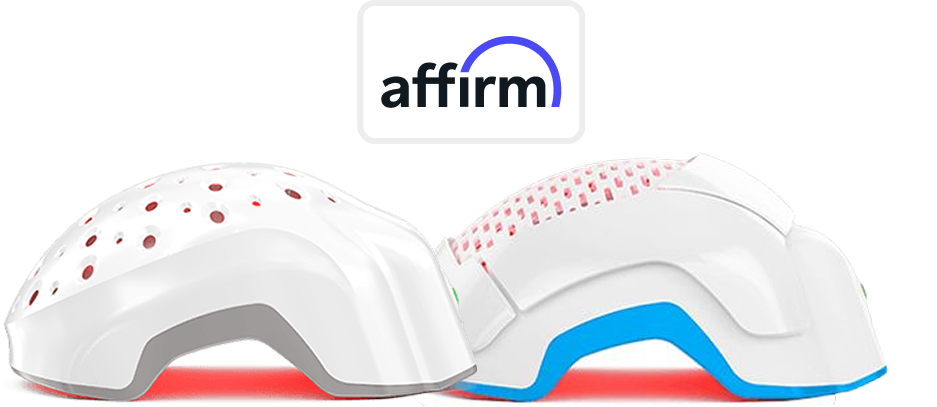There’s something oddly satisfying about pulling out a shed strand and seeing that tiny white bulb at the end—until the panic sets in. The white tip looks clinical. Permanent. Like you’ve just yanked a root and your scalp is waving the white flag.
That little white bulb isn’t some hair death certificate. It’s a sign your hair completed a cycle—a full growth-to-shed loop. So in theory, that’s normal. But (and it’s a big but), when you start seeing more bulbs than you see strands left on your head, that’s a red flag.
And no, it’s not always "just shedding." It could be telogen effluvium, stress, nutritional deficiencies, or something else quietly disrupting your scalp's backstage operations. White bulbs are part of the conversation—but not the final word. The real issue lies in frequency, context, and what else is riding shotgun with the fall.
Let’s break it down: what this white bulb really is, when you should worry, and what to do if your scalp’s starting to feel more like a sieve than a support system.
What Exactly Is the White Bulb?
That tiny white blob clinging to the end of your fallen strand is called a club hair, and that “bulb” is simply the hardened keratinized base that used to sit snugly inside your hair follicle. Not your actual follicle, mind you—just the part that anchors the hair during its growth.
The white color is not pigment loss or bleach leftovers. It’s because this end of the hair isn’t made of melanin-rich cells like the shaft. It’s mostly unpigmented tissue—like a dry plug. So yes, spotting hair with a white bulb is normal. But if it’s happening more often than your phone buzzing with spam calls, it’s time to pay attention.
Why Hairs Naturally Fall Out with a White Bulb?
Shedding about 50 to 100 hairs a day—most of them flaunting their little white bulbs—is considered normal. That’s just your scalp cycling through the telogen phase (the hair’s resting stage), where old strands are pushed out to make space for new growth.
So, if you’re pulling out a few white bulbs while brushing, don’t panic. That’s biology doing its job. But if your brush starts looking like it could use a trim itself? That’s not “just shedding.” That’s your scalp possibly throwing a silent protest.
When Is Hair with a White Bulb Not So Innocent?
If you’re seeing hair falling out with a white bulb in handfuls—or it starts accompanying scalp irritation, thinning patches, or visible gaps in your part line—it’s time to reconsider the “normal” narrative. While the white bulb signals telogen phase shedding, too much of it might suggest an underlying issue like telogen effluvium, androgenetic alopecia, or chronic scalp inflammation.
In other words, the bulb is just the telltale sign your follicles are pressing pause. And in some cases, they might need a nudge to press play again.
White Bulb ≠ Follicle Damage
Here’s where people get it twisted: finding a hair follicle bulb falling out doesn’t mean you’ve permanently lost that follicle. The follicle—the living part that actually grows hair—is still very much intact, unless it’s been physically or medically damaged. Like: scarring alopecia, burns, or aggressive traction.
However, ongoing stress, nutritional deficiency, thyroid issues, or postpartum shifts can repeatedly trigger your follicles to shift too many hairs into the resting phase. So no, the white bulb at the end of hair loss isn’t permanent doom—but chronic triggers is another story.
Is Hair Loss with a White Bulb Permanent?
No, not usually. Shedding with a white bulb tends to be part of the natural hair cycle or temporary triggers. The key phrase there: temporary. Unless you’re dealing with a condition that causes follicular scarring, your hair is likely to regrow once the stressor is addressed.
But if the shedding persists for more than 6 months, or if regrowth doesn’t match the rate of loss, it might not just be telogen effluvium anymore. In that case, you’ll want to get a diagnosis—and fast. Because prolonged, unmanaged shedding can start thinning your density visibly over time.
What Triggers Excessive Hair Shedding with White Bulbs?
Blame it on stress, illness, crash dieting, hormonal shifts, medications, or even over-supplementing. Yep, too much biotin can actually skew lab tests and mask thyroid issues—a known culprit in hair loss. Other times, it’s something like iron deficiency or autoimmune conditions triggering that shedding.
If you’ve recently been sick, had surgery, changed birth control, or experienced extreme emotional stress, your white bulb fallout is likely tied to telogen effluvium. That’s a condition where the hair cycle prematurely kicks strands into the resting (shedding) phase en masse. The good news is it’s usually reversible.
What to Do When You Notice White Bulbs on Fallen Hair?
First, check the volume. A few strands daily? Chill. But a clogged shower drain and constant hair tumbleweeds is not normal.
Get real about what’s changed—diet, hormones, lifestyle, meds. Then address the root cause. If stress is a major player, lifestyle changes or therapy can help reset the shed. If there’s a medical trigger, a blood test and trichologist visit should be next.
Also, don’t skip the basics: adequate protein, ferritin levels, thyroid function, and avoiding tight hairstyles that traumatize follicles.
Can Hair Regrow After Falling with a White Bulb?
Yes—if the follicle is still alive and not scarred, it can re-enter the anagen phase (the growth stage). Most cases of hair shedding with a white bulb do allow for regrowth within 3–6 months, provided the cause has been corrected.
For stubborn cases, low-level light therapy (LLLT) or laser phototherapy (LPT)—has been clinically shown to re-energize sluggish follicles and extend the growth phase.
Check out our Theradome laser hair growth device that uses clinically proven laser technology to stop hair loss and support healthy hair growth.
Conclusion
Is hair falling out with a white bulb good or bad? It depends.
Seeing a white bulb isn’t automatically bad—it often means your scalp’s just clocking in for its routine cycle. But seeing more than usual could mean your hair is reacting to stress, diet, inflammation, or internal imbalances.
So the white bulb isn’t the enemy—it’s the messenger. And like any good messenger, it’s trying to tell you something before things get worse. Listen to it.



